Natural and resilient gardens are a trend. People want their gardens to be more than a pretty place to look at and spend time in, but also an area that improves the world.
Two books that crossed my desk this year feed into that trend, one more successfully than the other.
“Planting in a Post-Wild World: Designing Plant Communities for Resilient Landscapes” is a detailed, scientific guide to making attractive and sustainable landscapes in urban and suburban areas where humans have destroyed the original wilderness.
The authors – Thomas Rainier is originally from Alabama and Claudia West from the former East Germany – call the book a “manifesto dedicated to the idea of a new nature – a hybrid of both the wild and the cultivated – that can flourish in our cities and suburbs.”
They don’t care if a plant is native, but do care that it will grow in the soil and climate conditions involved without much help from humans. They want the ground covered with plants, with ground covers on the bottom, trees above, understory plants and fillers below. While you have to tend the plants when they are new, they think gardens should take minimal maintenance once established. They disapprove of the gardens many of us have – bare soil covered in mulch with just a few plants.
They divide gardens into four types: grasslands, woodlands/shrublands, forests and edges. Those natural landscapes are the inspiration for the garden you want to create, and you should pick the one closest to what you now have.
Illustrations and pictures throughout the book are excellent and helpful.
“Planting in a Post-Wild World” by Thomas Rainier and Claudia West, Timber Press, $39.95.
“Grow Your Own Natural Garden: Taking Inspiration from Nature” has a similar theme, but is more traditional in its approach, caring more about how a garden looks than its role in sustaining the world.
Author Carol Klein is English, so she does not include forests in her breakdown of natural gardens, instead divvying the landscape up into woodlands, seaside, exposed, hedgerow, wetland and meadow. The photos are excellent, and there are some good ideas – but many of the plants she recommends would not stand up to the Maine climate.
“Grow Your Own Natural Garden: Taking Inspiration from Nature” by Carol Klein, with photography by Jonathan Buckley, Octopus Publishing, $34.99.
“Growing the Northeast Garden” is the perfect book for a beginning gardener – although I admit that I, a seasoned gardener, picked up a number of good tips, too.
After a brief introduction to the elements that make up the Northeast’s geography, the book jumps into the plants that work here. Plants are divided into the backbones of the garden, and then by season for the plants that will shine from spring to winter. More than half the book is devoted to the sections on plants.
The end of “Growing the Northeast Garden” offers clear, concise information on design, growing and potential pests. A photo spread shows seven Northeast gardens. Author Andrew Keys lives in Massachusetts, but photographer Kerry Michaels has her studio at Flying Point in Freeport.
“Growing the Northeast Garden” by Andrew Keys, with photographs by Kerry Michaels, Timber Press, $24.95.
“Gertrude Jekyll at Munstead Wood” is not a biography of the ground-breaking English garden designer, but rather a description of the relationship between the designer and her home. Many of the concepts that Jekyll introduced remain mainstays of garden design today. Jekyll has a Maine connection (once removed) in that Beatrix Farrand – who created many outstanding gardens on Mount Desert Island, including her own Reef Point – visited and was inspired by Jekyll and ultimately rescued Jekyll’s records and papers, which now are housed at the University of California.
Since I had enjoyed author Judith Tankard’s “Beatrix Farrand: Private Gardens, Public Landscapes,” I figured I would enjoy this book on Jekyll. Jekyll made no effort to preserve Munstead Wood, in Surrey, located just outside London. She was, however, an excellent photographer, and the book includes many of her photos of the estate, as well as artists’ renderings of the gardens during her life and photographs taken more recently. So far, I’ve only had a chance to skim the book, but I expect an in-depth reading will bring color to the gray days ahead this winter.
“Gertrude Jekyll at Munstead Wood” by Judith Tankard and Martin Wood, Pimpernel Press, $39.95.
“Beardless Irises: A plant for every garden situation” is for the plant geek. Beardless irises are a broad variety of plants, including Siberian, Japanese and species iris that are commonly grown in Maine. The book includes a detailed chapter on how to hybridize beardless irises. Interestingly, Currier McEwen of Harpswell, who died in 2003 at age 101, has more hybrids listed in the book than any other person – even though he did not begin hybridizing irises until he retired from a distinguished medical career.
“Beardless Irises: A plant for every garden situation” by Kevin C. Vaughn, Schiffer Publishing, $29.99.
And here’s a quick look at other gardening books that showed up in my mailbox in 2015:
“Gardening for the Homebrewer” by Wendy Tweten and Debbie Teashon, Voyager Press, $21.99. This book combines two of my passions: gardening and beer. It describes how to grow and use plants in making not only beer, but also wine (both grape and fruit), ciders, perry (or pear cider) and liqueurs.
“The Gardens of Frank Lloyd Wright” by Derek Fell, Frances Lincoln Limited, $29.95. This is a 2014 revision of a book published in 2009, but I received it early this year. Wright’s buildings tie in seamlessly with their surroundings, and the gardens emphasize that. Excellent photos with concise, clear and colorful text.
“Compost City” by Rebecca Louie, Roost Books, $16. This how-to guide starts with the basics, then moves on to more exotic practices such as bokashi, which is fermenting waste, a practice that works well for people who want to compost animal products and have limited space.
“Year-Round Indoor Salad Gardening” by Vermont resident Peter Burke, Chelsea Green Publishing, $29.95. This guide shows how to grow salad greens in trays of soil, using no special equipment or lights. It clearly describes the method and then offers recipes and descriptions of specific seeds.
“Epic Tomatoes” by Craig LeHoullier, Storey Publishing, $19.95. Everything you need to know about the crop that for many gardeners defines summer. The book covers varieties, growing instructions, recipes, tomato troubles, seed-saving and creation of new varieties. Well-organized, clear and interesting with instructive photos and illustrations.
“The Crafted Garden” by Louise Curley, Frances Lincoln Limited, $25. This book offers 50 ways to turn the plants you grow or forage into home decorations, divided by the seasons. It’s more a crafts book than a gardening book, but who wouldn’t want a winter-squash vase?
Tom Atwell has been writing the Maine Gardener column since 2004. He is a freelance writer gardening in Cape Elizabeth and can be contacted at 767-2297 or at tomatwell@me.com.
Send questions/comments to the editors.

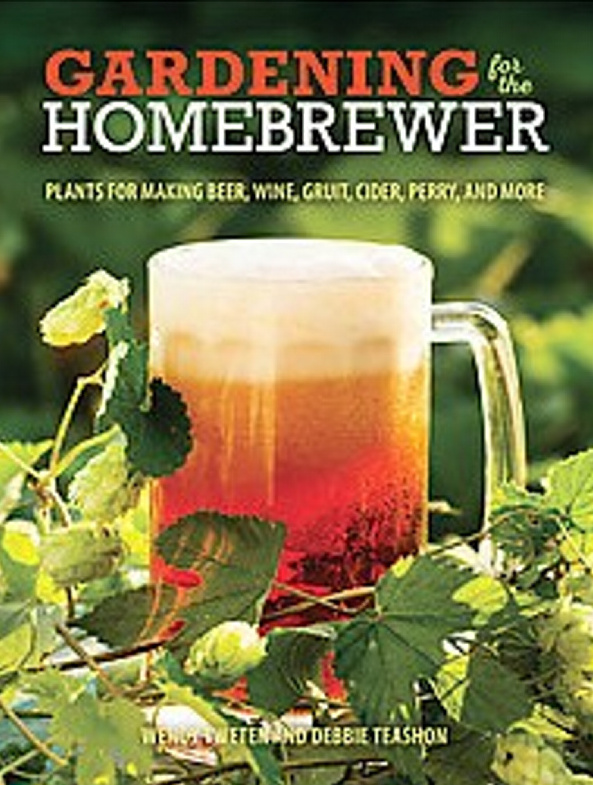
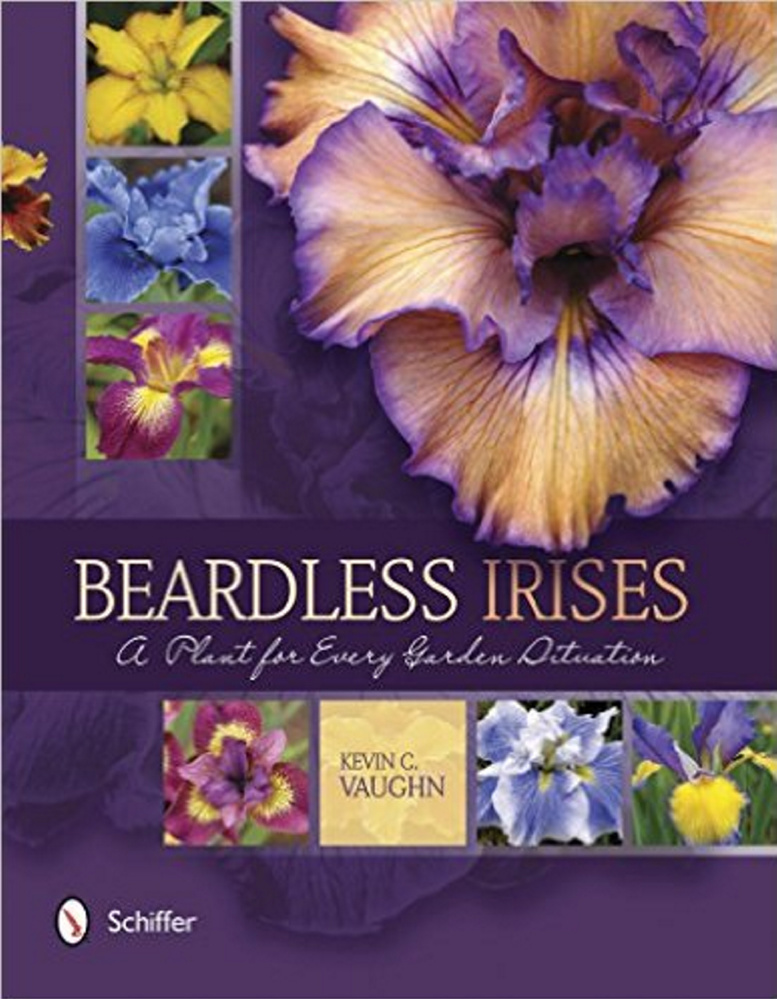
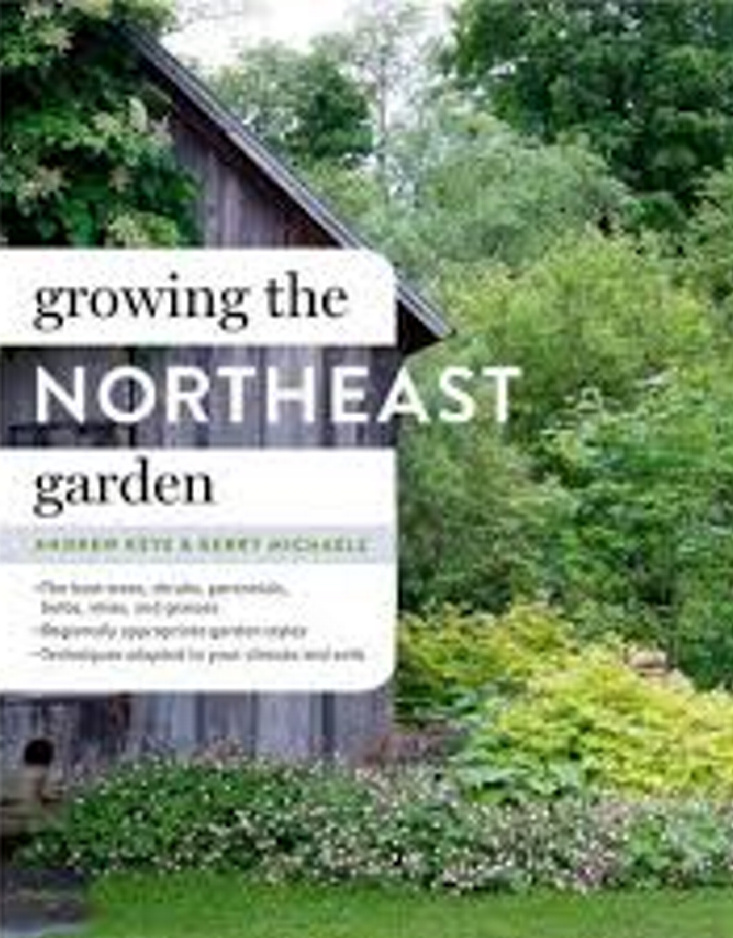
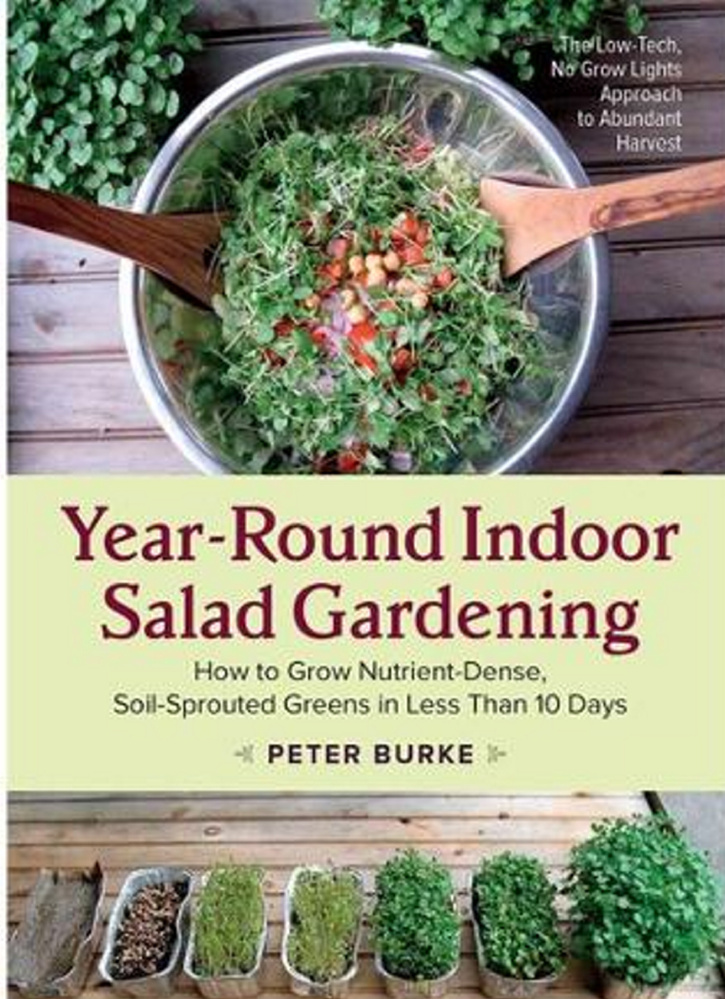
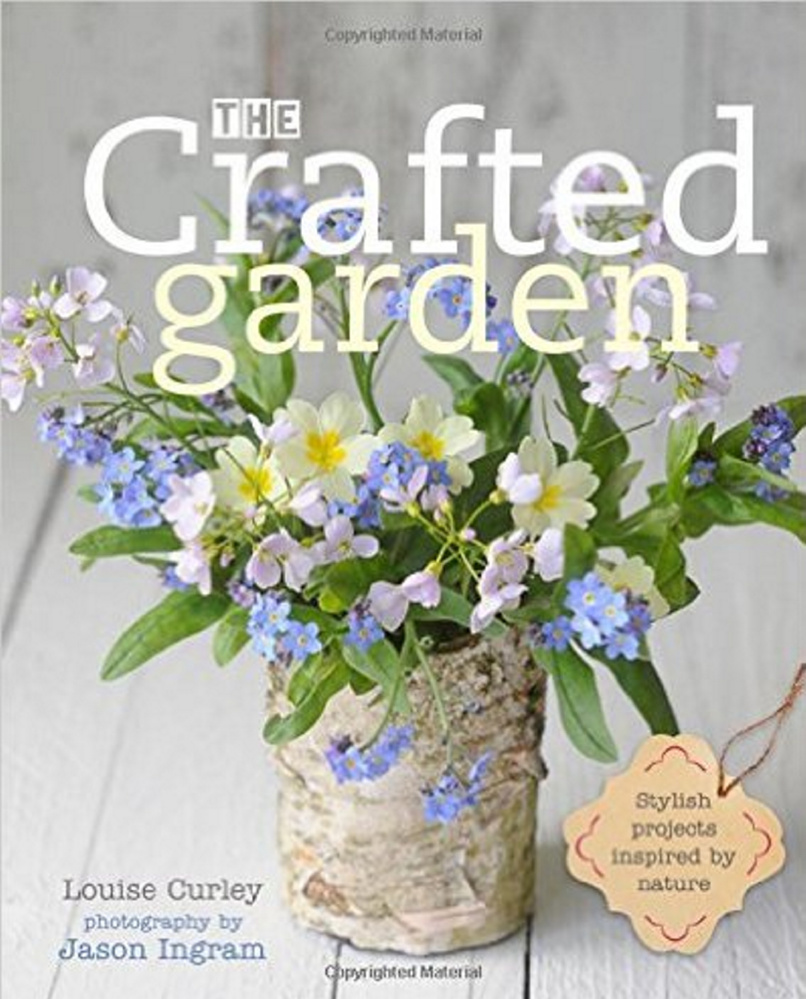
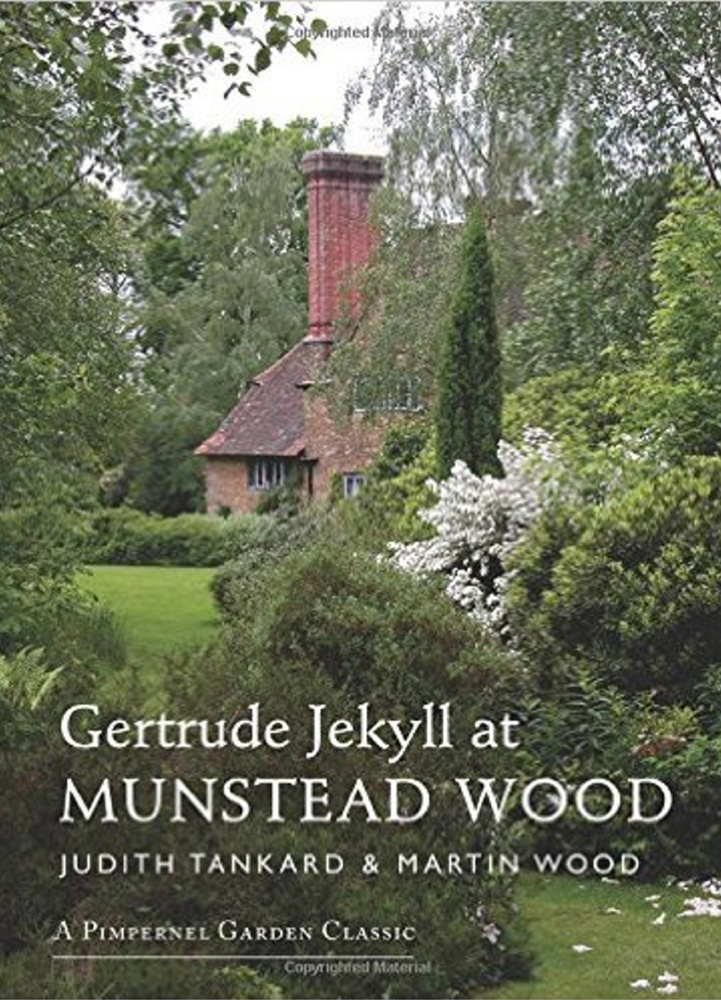
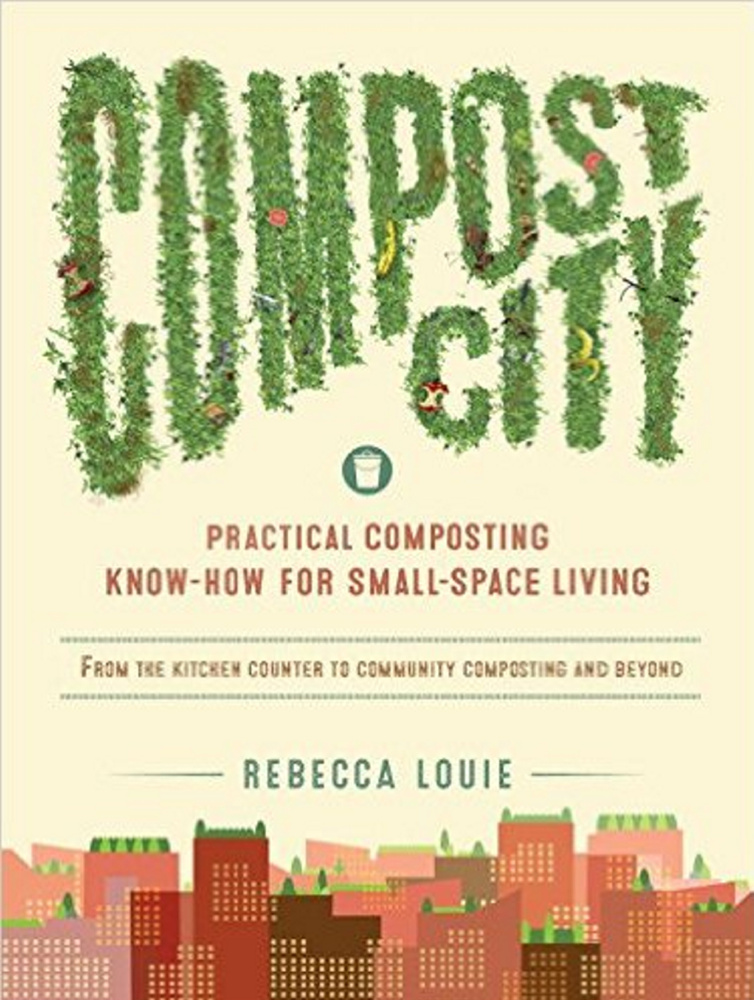
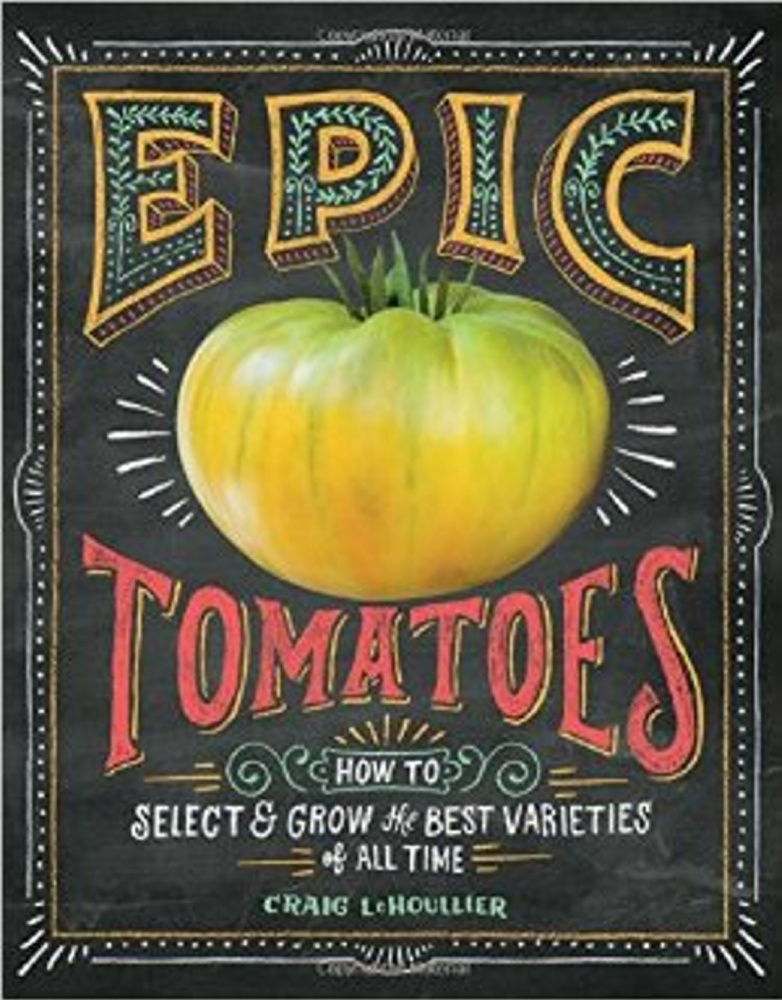
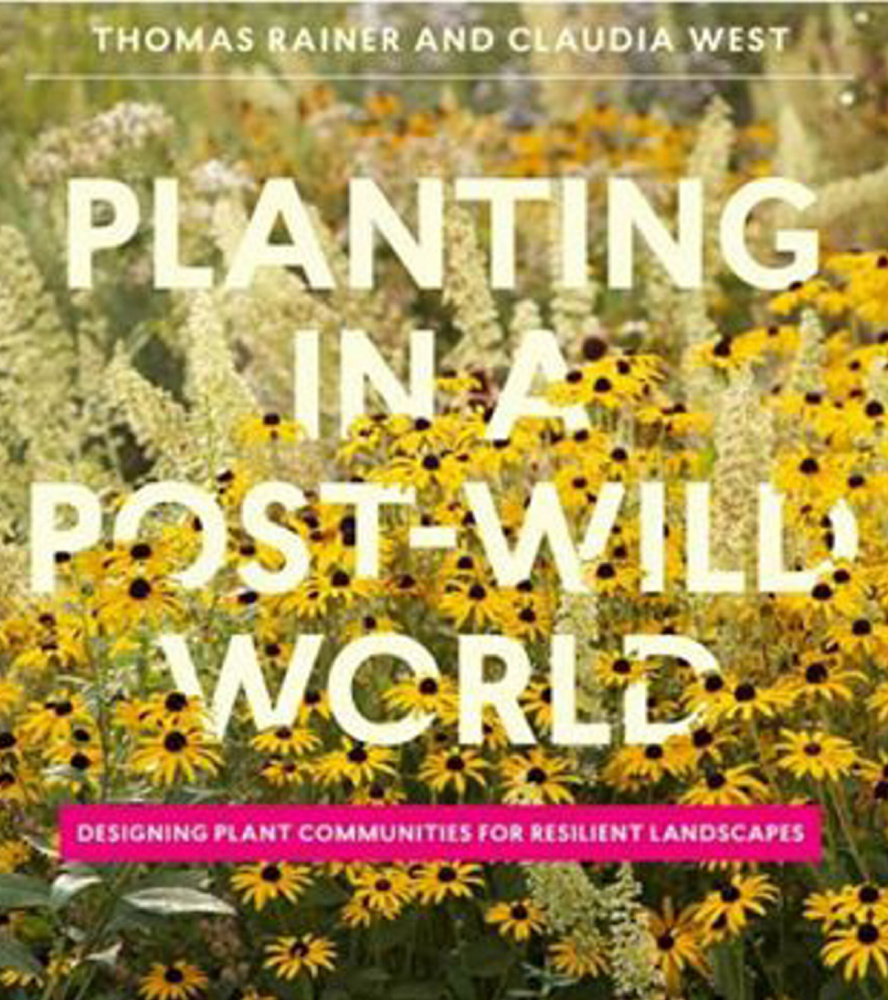


Success. Please wait for the page to reload. If the page does not reload within 5 seconds, please refresh the page.
Enter your email and password to access comments.
Hi, to comment on stories you must . This profile is in addition to your subscription and website login.
Already have a commenting profile? .
Invalid username/password.
Please check your email to confirm and complete your registration.
Only subscribers are eligible to post comments. Please subscribe or login first for digital access. Here’s why.
Use the form below to reset your password. When you've submitted your account email, we will send an email with a reset code.